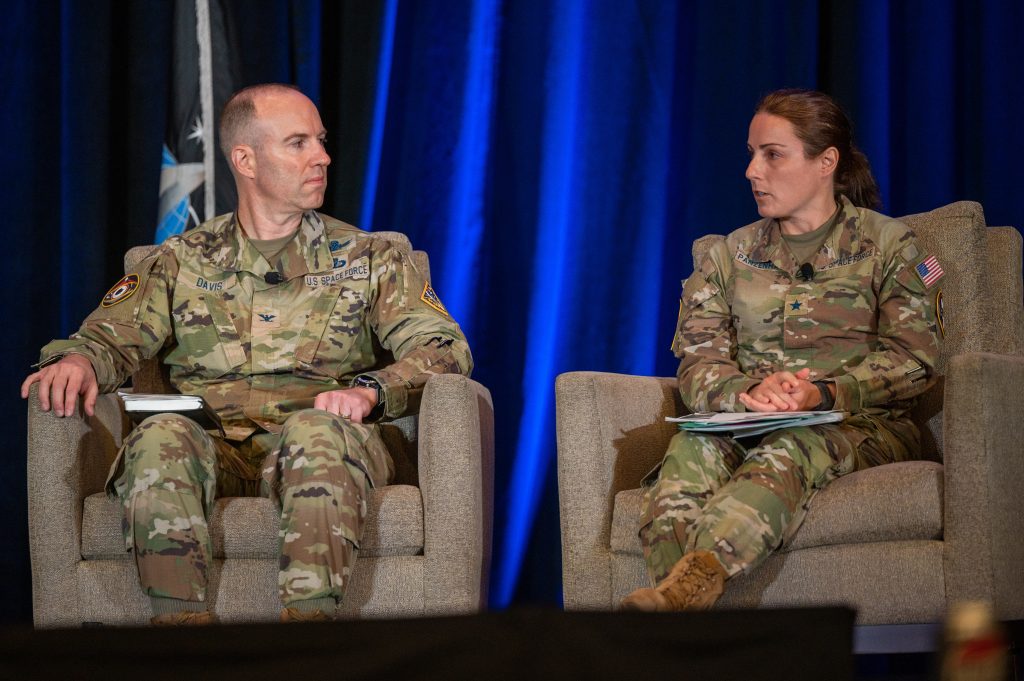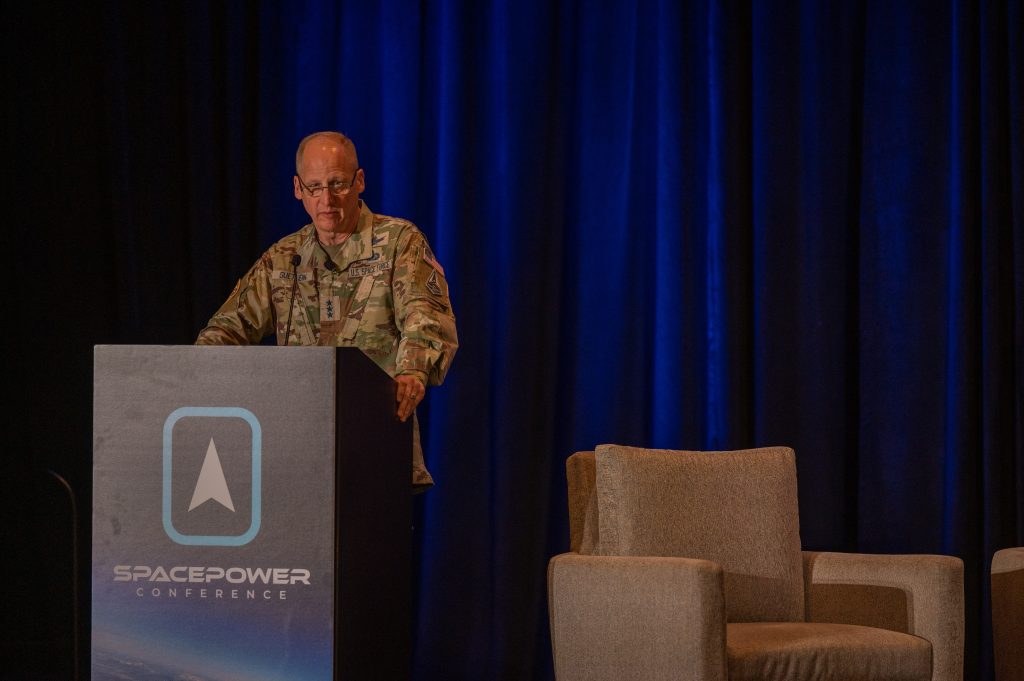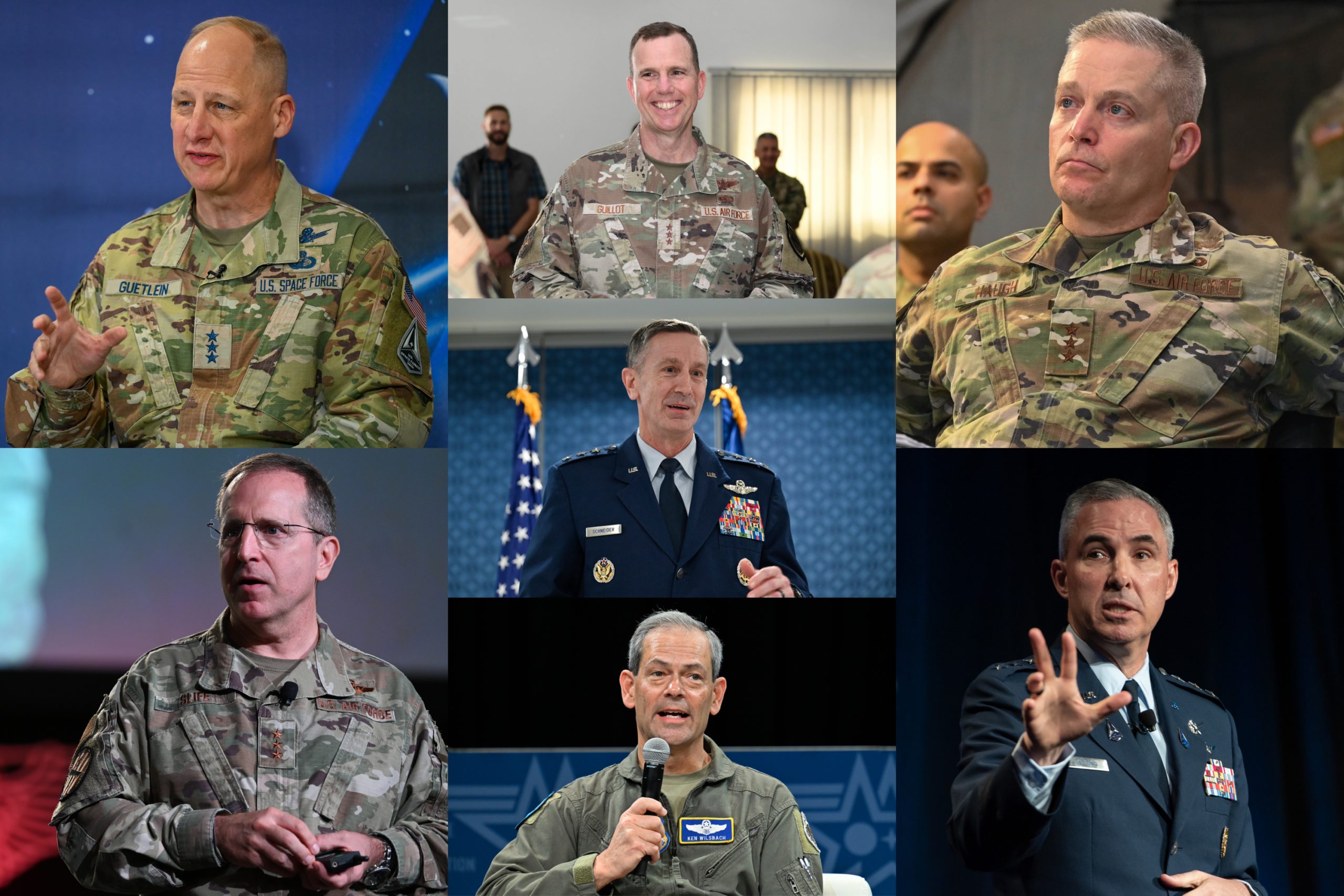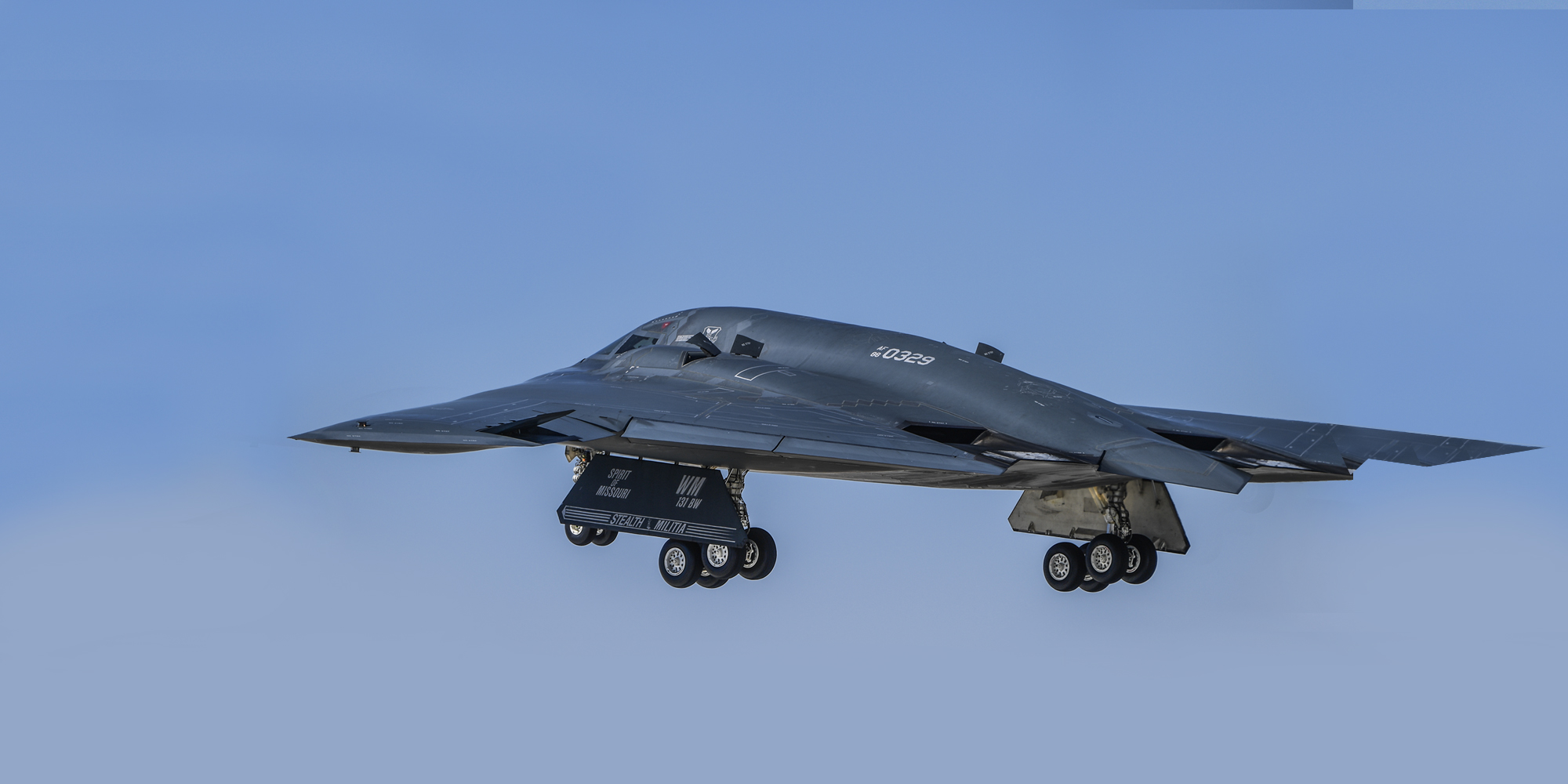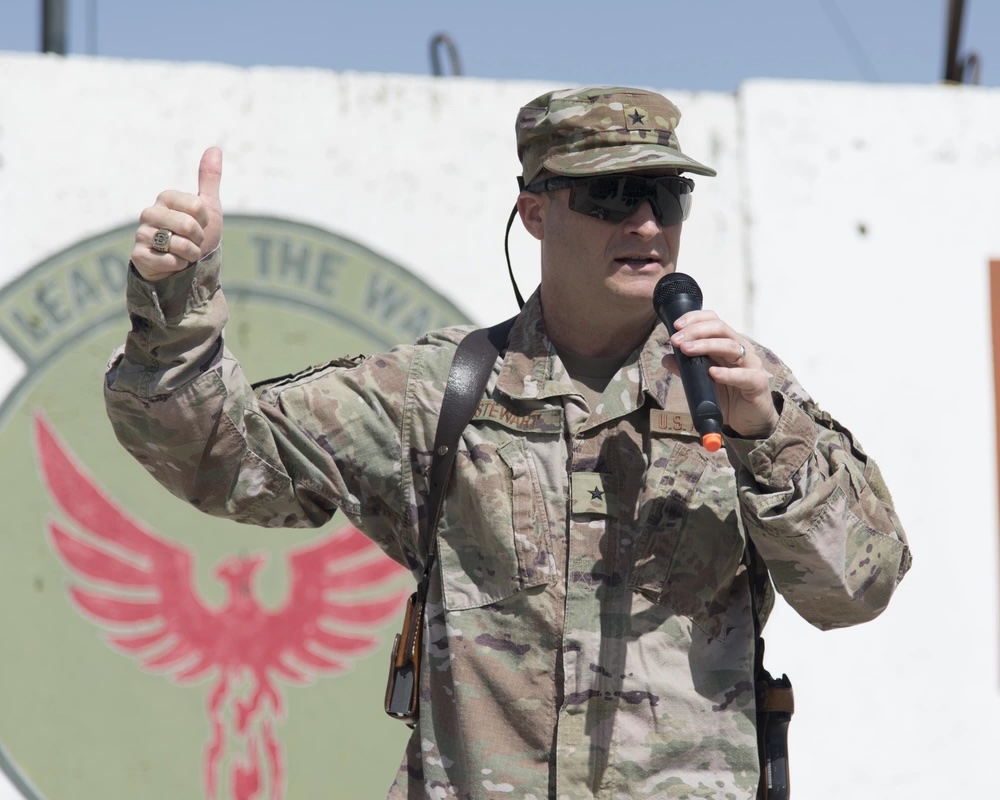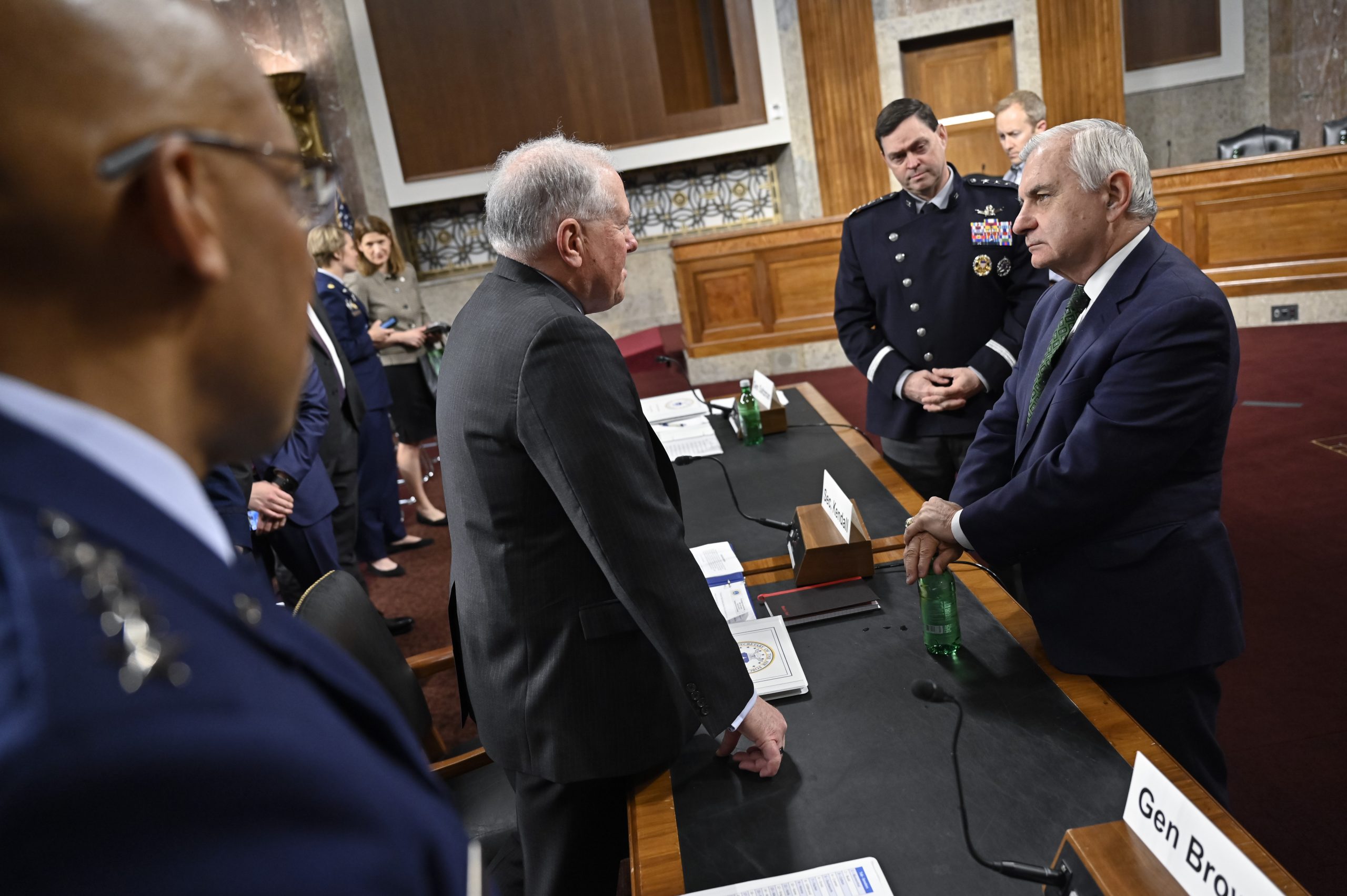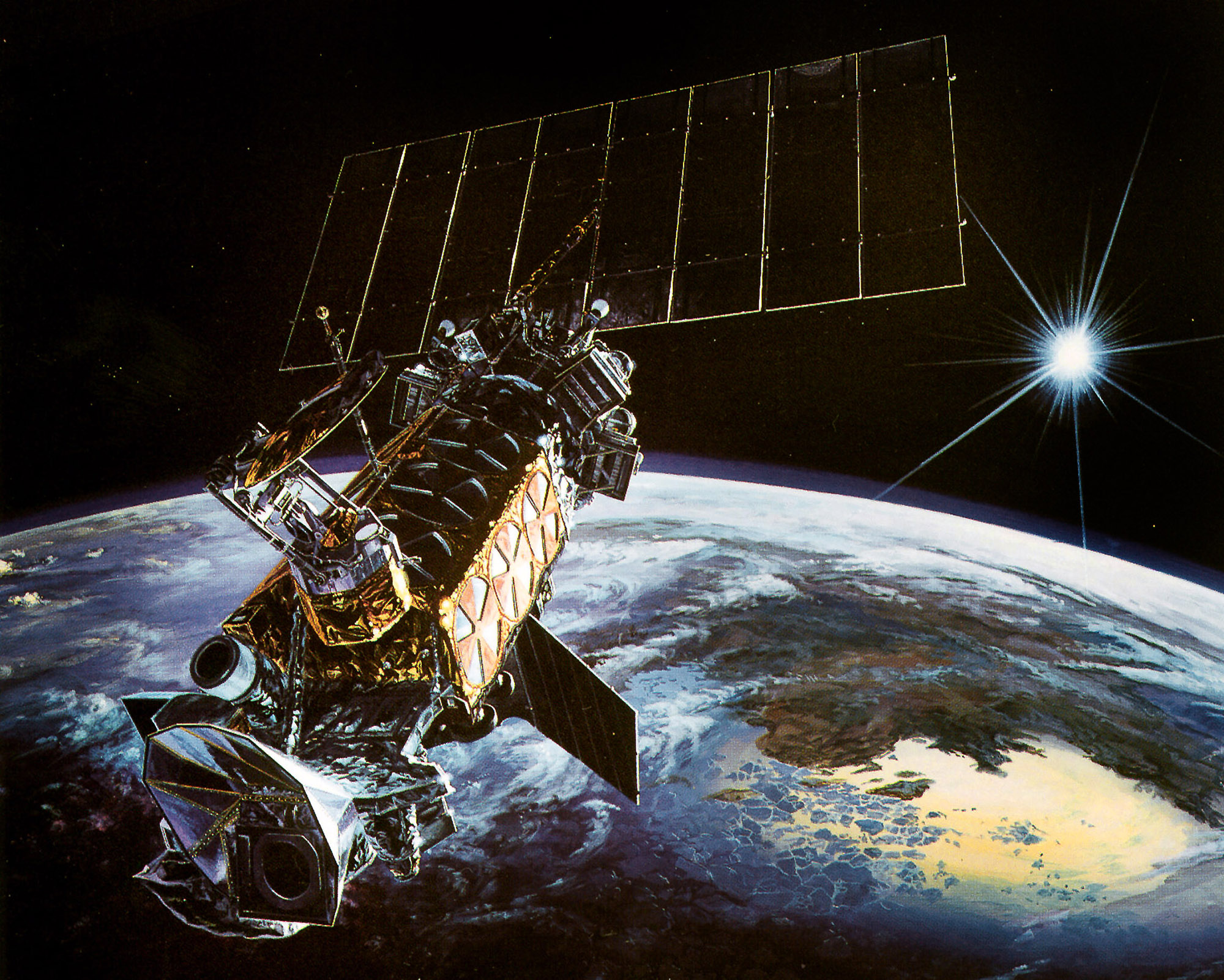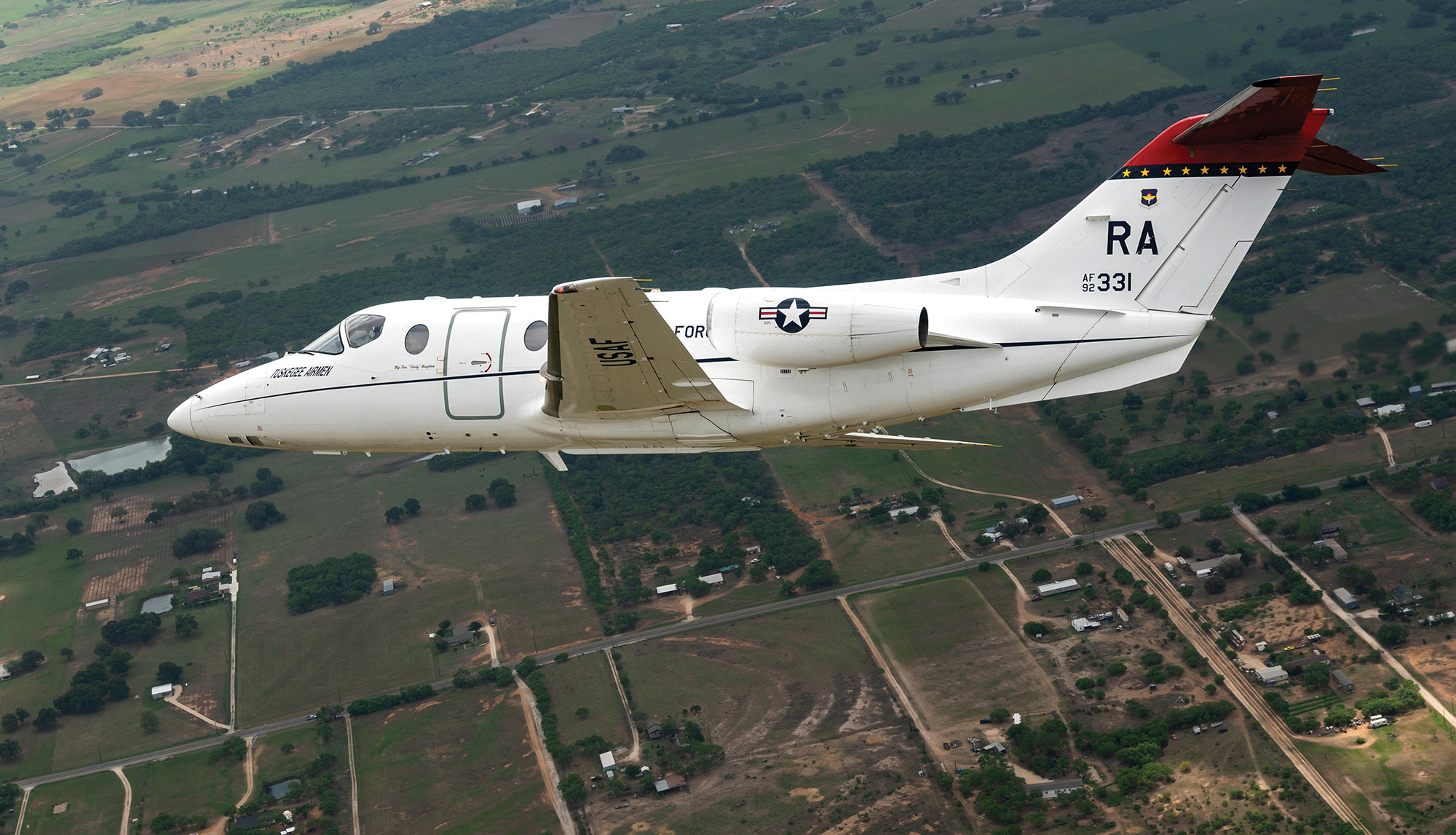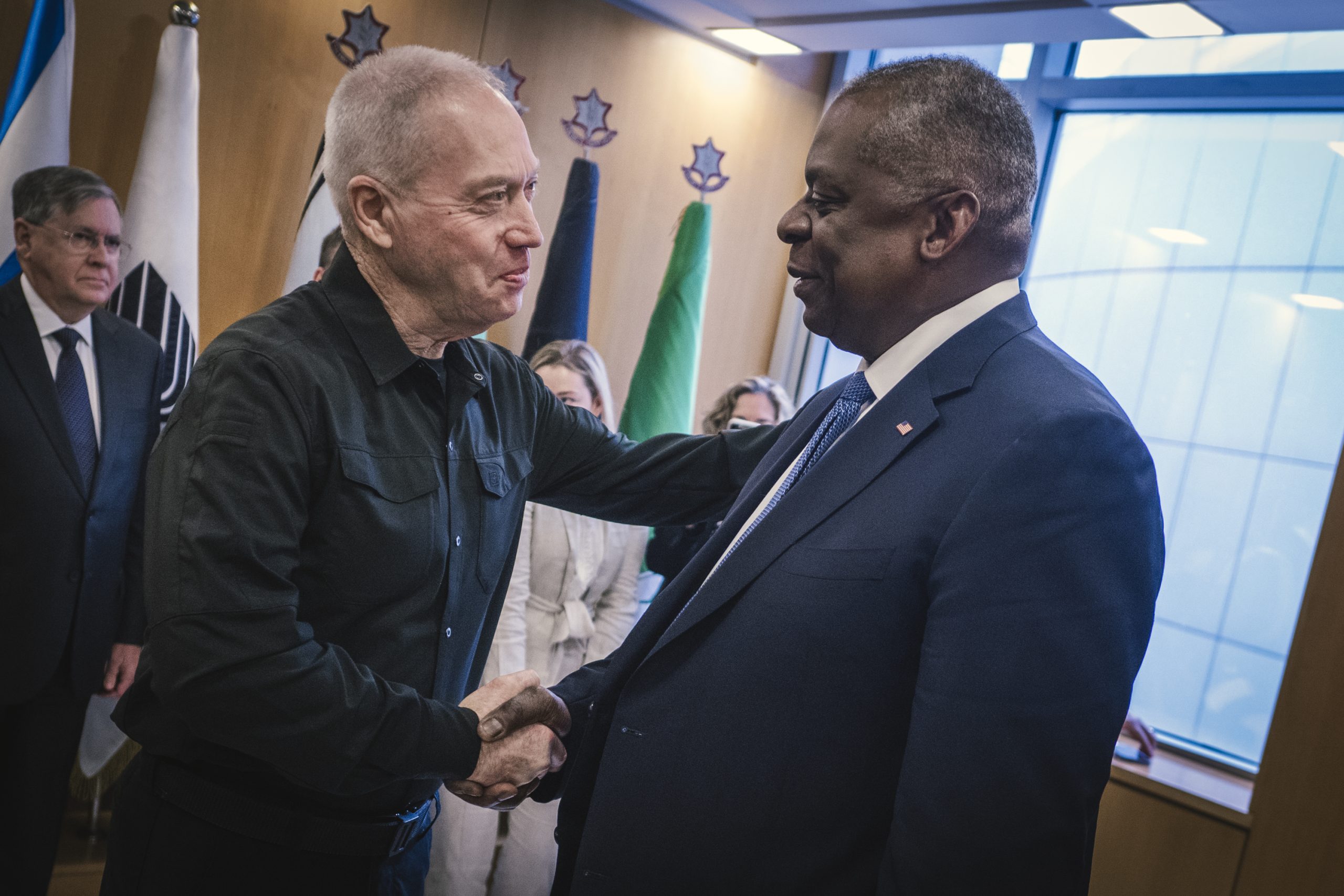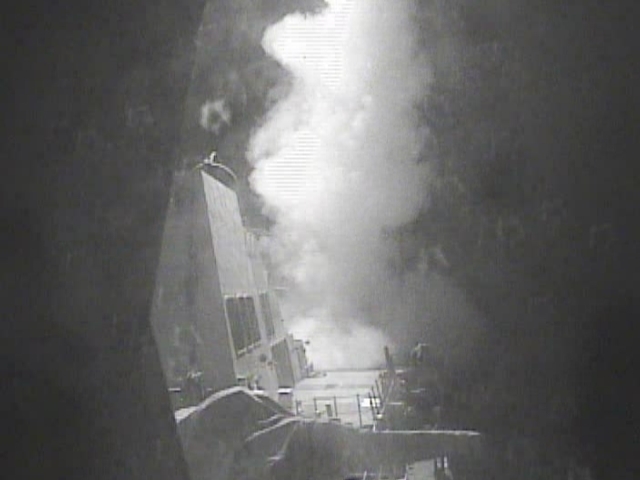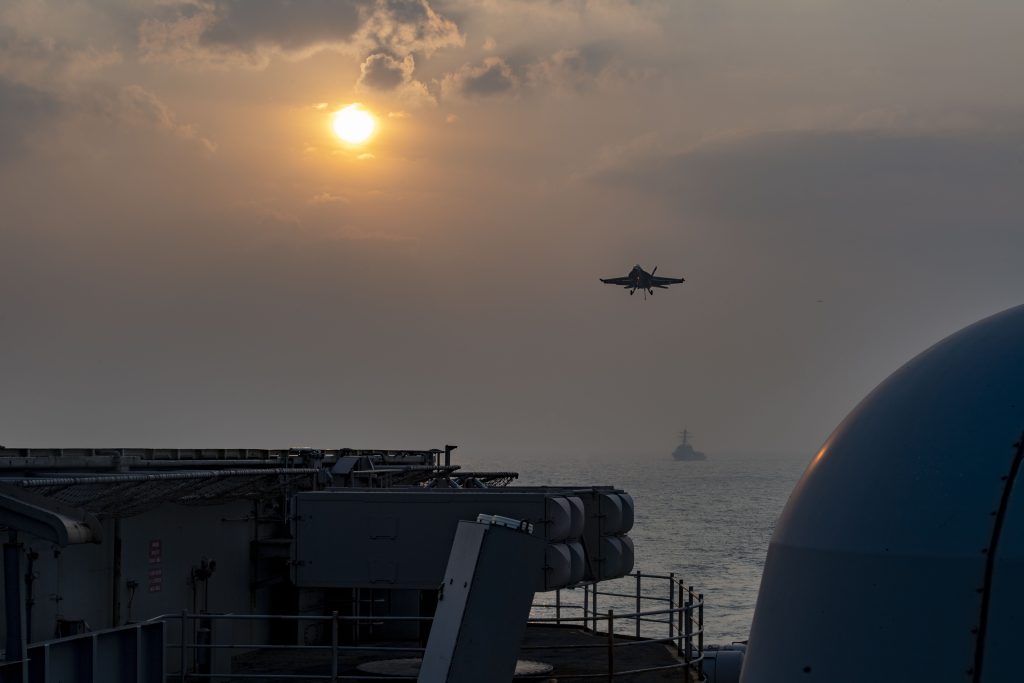Air Mobility Command is awarding nearly 300 more decorations to Airmen for their service during the evacuation of Afghanistan in the summer of 2021, the major command announced Dec. 20.
The latest AMC awards board in November handed out:
- 12 Distinguished Flying Crosses
- Four Bronze Star Medals
- 208 Air Medals
- 73 Meritorious Service Medals
The Distinguished Flying Cross is the nation’s fourth-highest award for heroism and the highest award for extraordinary aerial achievement. The Air Force has handed out more than 125 DFCs to Airmen involved in Operation Allies Refuge, the name given to the airlift evacuation out of Kabul. Airmen honored have ranged from C-17 pilots to loadmasters to flight nurses to U-28 Draco spy plane crews.
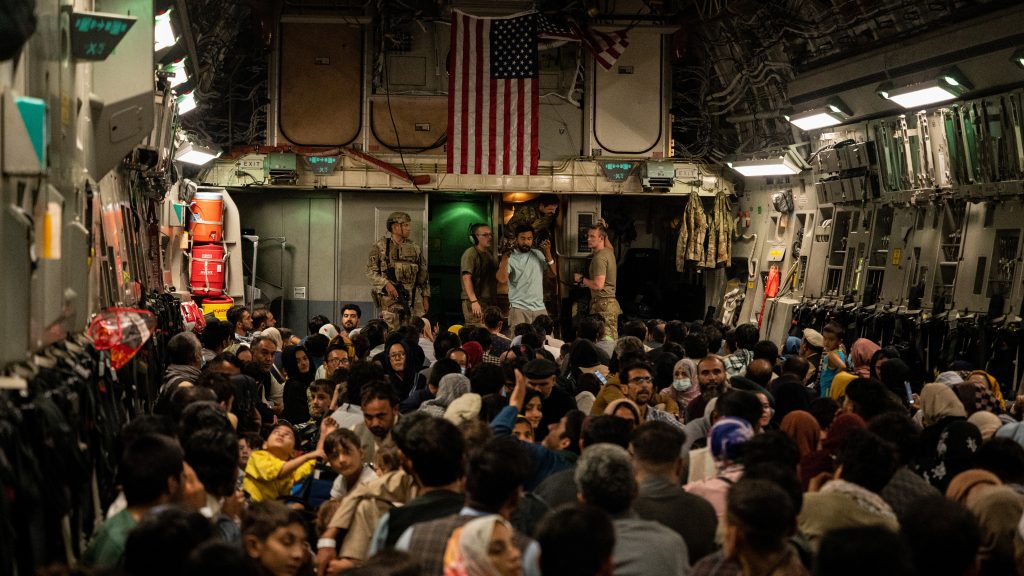
The Bronze Star Medal is awarded for heroic or meritorious achievement or service in connection with combat operations while not participating in flight.
The Air Medal is given for “single acts of heroism or meritorious achievements” in flight in support of combat operations, to a lesser standard than required for the DFC.
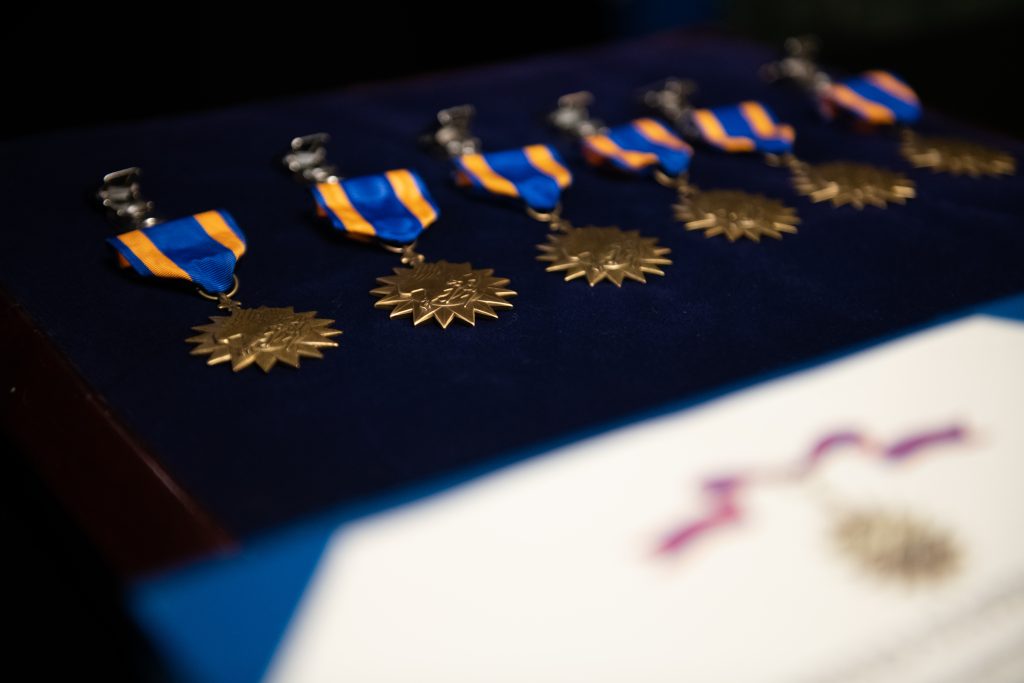
The Meritorious Service Medal is “the counterpart of the Bronze Star Medal for the recognition of meritorious noncombatant service,” according to the Air Force Personnel Center.
Both the DFC and Air Medal can be awarded with a “V” device for valor or “C” for actions performed in combat conditions. The Bronze Star Medal can be awarded with a “V” device for valor.
In its latest release, AMC noted that honorees from the latest awards board included “maintainers, loadmasters, Raven-trained security forces, aeromedical evacuation personnel, and tanker aircrews.”
“The majority of the decorations were awarded with combat devices and one of the Bronze Star Medals include a valor device,” the release stated.
OAR lasted 17 days, including round-the-clock operations involving some 800 military and civilian aircraft from more than 30 nations, including about half the Air Force’s C-17 transport jets and more than 500 U.S. Air Force aircrews, along with hundreds of support Airmen on the ground. It was the largest non-combatant evacuation operation in U.S. Air Force history.
More than two years later, Airmen are still being recognized for their actions.
“While long overdue, I am proud to recognize another group of mobility Airmen who accomplished heroic feats two years ago,” Gen. Mike Minihan, commander of AMC, said in a statement. “There is no clearer evidence that Airmen will always be the magic.”
All told, there have been seven Air Force awards boards related to OAR.
An earlier AMC awards board in November awarded Eight Distinguished Flying Crosses, two Bronze Star Medals, 229 Air Medals, and 98 Meritorious Service Medals, and a previous board in the fall of 2022 handed out 96 DFCs and 12 Bronze Star Medals.


